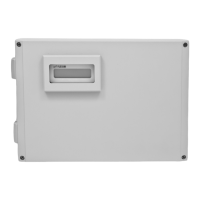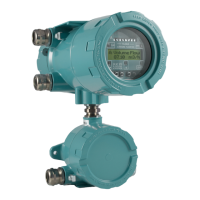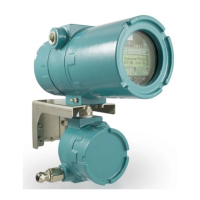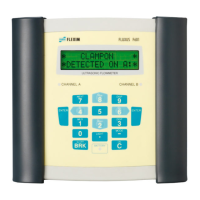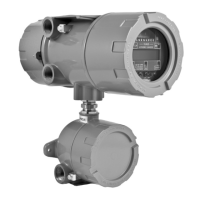16 Advanced functions
FLUXUS F502TE 16.9 Behavior of the alarm outputs
119
UMFLUXUS_F502TEV1-5EN, 2020-05-29
16.9.2 Reset and initialization of the alarms
After an initialization of the transmitter, all alarm outputs will be configured as follows:
Press 3 times C during the measurement to set all alarm outputs to idle state. Alarm outputs whose switching condition is still
met will be activated again after 1 s. This function is used to reset alarm outputs of the type HOLD if the switching condition is
no longer met.
By pressing BRK, the measurement is stopped and the main menu is selected. All alarm outputs will be de-energized,
independently of the programmed idle state.
16.9.3 Alarm outputs during transducer positioning
At the beginning of the transducer positioning (bar graph display), all alarm outputs switch back to the programmed idle
state.
If the bar graph is selected during the measurement, all alarm outputs will switch back to the programmed idle state.
An alarm output of the type HOLD that has been activated during the previous measurement will remain in idle state after
the transducer positioning if its switching condition is no longer met.
The switching of the alarms into idle state will not be displayed.
16.9.4 Alarm outputs during measurement
An alarm output with switching condition MAX or MIN will be updated max. once per second to avoid humming (i.e. fluctua-
tion of the measured values around the value of the switching condition).
An alarm output of the type NON-HOLD will be activated if the switching condition is met. It will be deactivated if the switching
condition is no longer met. The alarm remains activated for at least 1 s even if the switching condition is met for a shorter
period of time.
Alarm outputs with the switching condition QUANT. will be activated if the limit is reached.
Alarm outputs with the switching condition ERROR will only be activated after several unsuccessful measuring attempts.
Therefore, typical short-term disturbances of the measurement (e.g., switching on of a pump) will not activate the alarm.
Alarm outputs with the switching condition +→- -→+ and the type NON-HOLD will be activated with each change of the flow
direction for approx. 1 s (see Fig. 16.1).
Alarm outputs with the switching condition +→- -→+ and of the type HOLD will be activated after the first change of the flow
direction. They can be switched back by pressing C 3 times (see Fig. 16.1).
When adjusting to changed measurement conditions, e.g, a substantial increase of the fluid temperature, the alarm will not
be switched. Alarm outputs with the switching condition OFF will be set automatically to the switching function NO Cont.
Tab. 16.2: Alarm state after an initialization
func OFF
typ NON-HOLD
mode NO Cont.
Limit 0.00
Fig. 16.1: Behavior of a relay when the flow direction changes
Notice!
There is no visual or acoustic indication of alarm output switching.
flow flow
type NON-HOLD type HOLD
approx. 1 s
reset of the alarm
(3 times C)
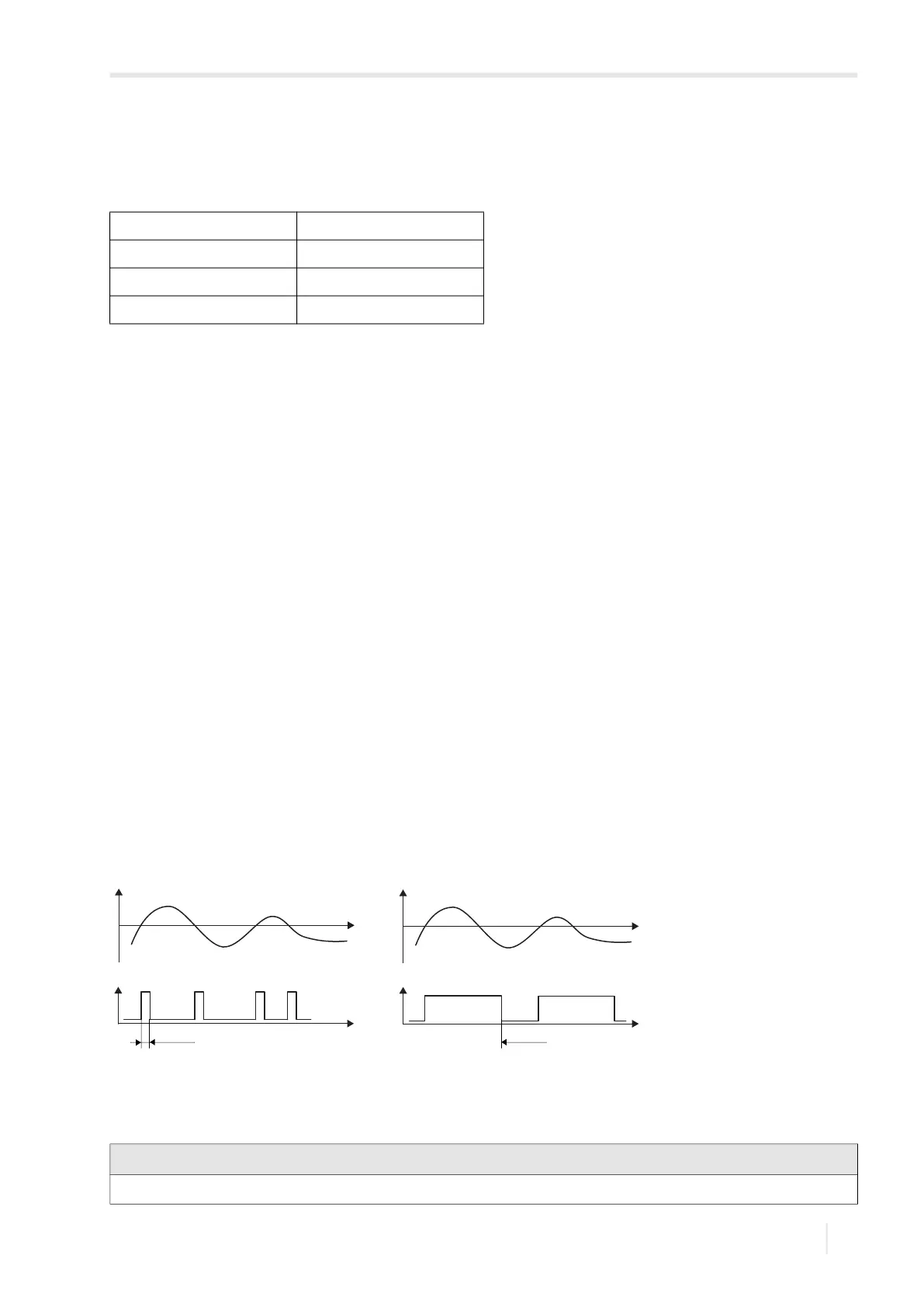